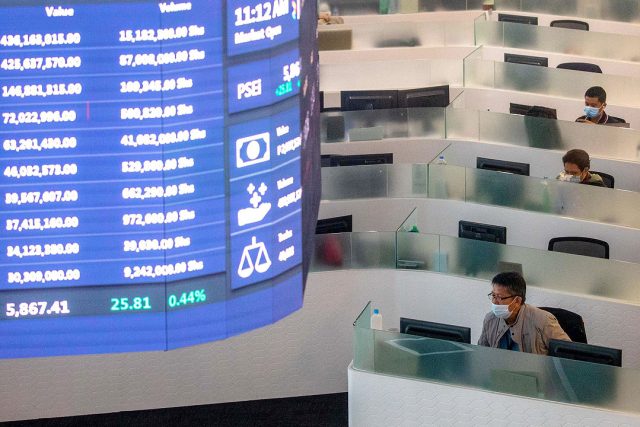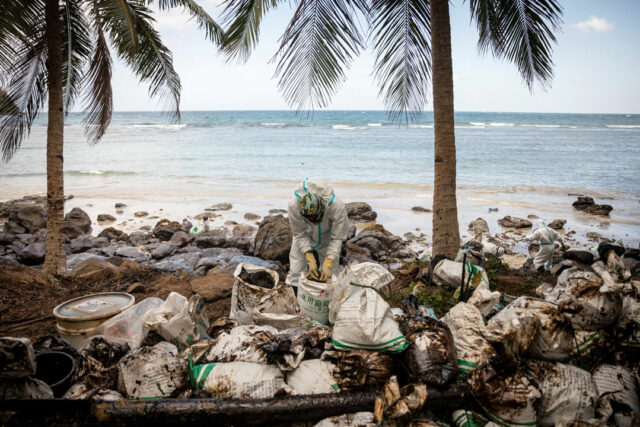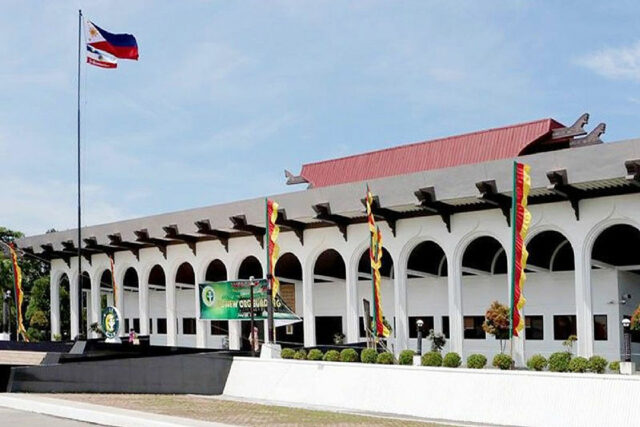LTFRB allows Grab motorcycle taxis
THE LAND Transportation Franchising and Regulatory Board (LTFRB) has allowed the inclusion of Grab Philippines in the motorcycle taxi pilot study.
In a media release on Wednesday, the agency said the motorcycle taxi technical working group (TWG) has already released a letter to Grab Philippines informing the company of its inclusion in the motorcycle pilot study.
“[The LTFRB] confirmed that the Motorcycle Taxi Technical Working Group has issued a letter to Grab Philippines notifying its inclusion in the motorcycle taxi pilot study,” LTFRB said.
“[The] letter noted that Grab can only commence their MC Taxi service after the MC Taxi TWG grants Grab a license into the pilot,” the LTFRB said in a statement.
“Concerning the actual activation of any MC Taxi app or service on the Grab app, this agency confirms that Grab is yet to receive full authorization from the MC Taxi TWG,” said Teofilo E. Guadiz III, LTFRB chairman.
It said that the MC taxi TWG has already conducted a site inspection on Grab Philippines and Grab’s application is pending final regulatory approval.
To recall, Speaker Ferdinand Martin G. Romualdez has urged the Congress to fast track a measure allowing the operation of motorcycle taxis.
Last year, LTFRB said that it is set to conclude the pilot study on motorcycle taxis.
In 2019, the Transportation department directed the LTFRB to form a technical working group to oversee the rollout of motorcycle taxi services offered by Angkas, JoyRide and Move It.
The pilot study resumed in 2022 after having been suspended in 2020. The study will generate recommendations on safety, security, franchising, and regulatory procedures.
The proposed Motorcycles-For-Hire Act, aimed to amend RA 4136, remains at the committee levels in the Senate and House of Representatives.
“Rest assured, the LTFRB will continue to work closely with all stakeholders in the industry to maintain fair competition in this fast-growing sector,” Mr. Guadiz said. — Ashley Erika O. Jose














